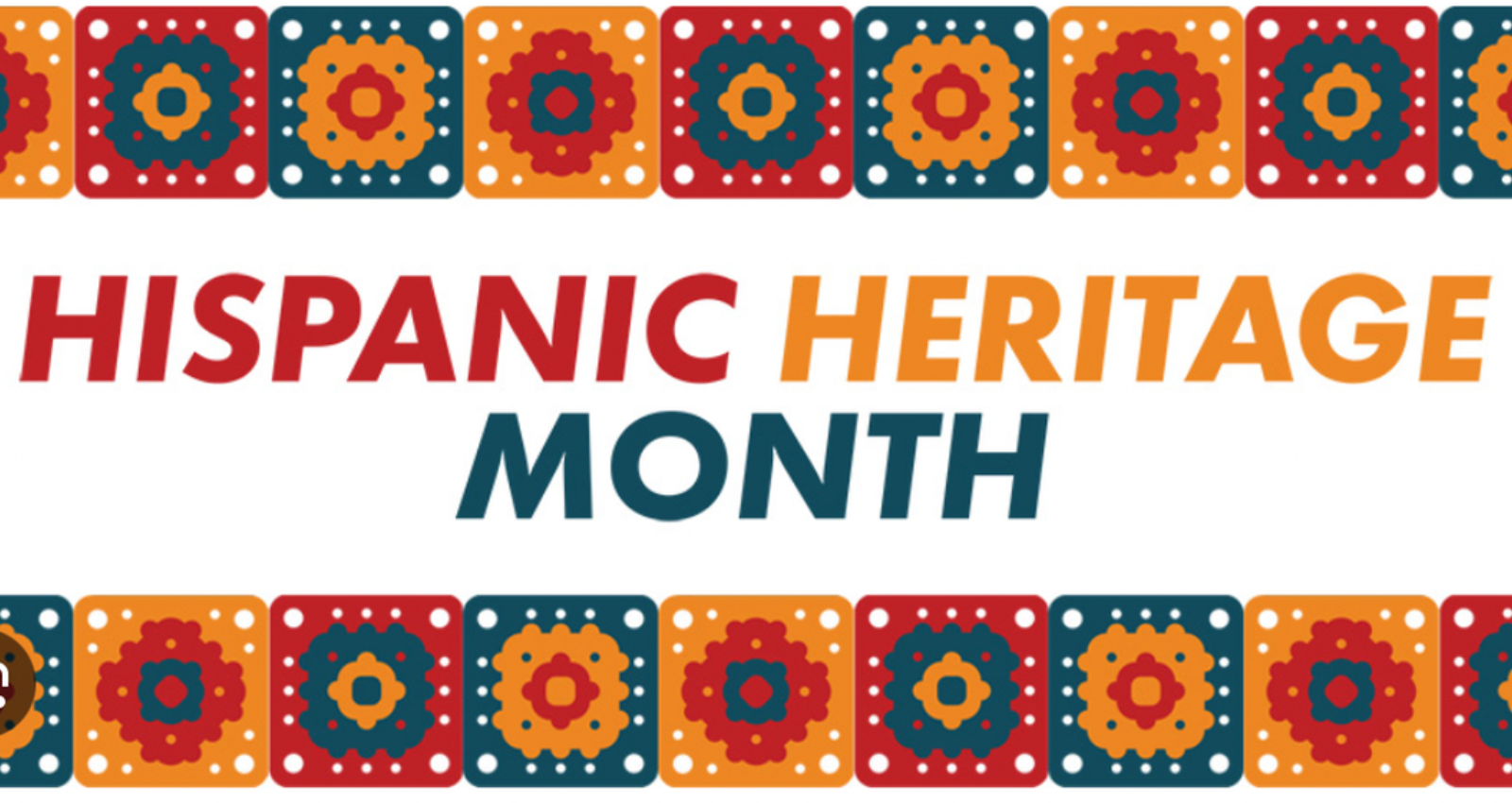
Key facts about U.S. Latinos for Hispanic Heritage Month
Here are some key facts about the nation's Latino population by geography and characteristics, such as language and country of origin.
During Hispanic Heritage Month, the Pew Research Center, a Washington-based research center, published a series of figures that highlight the importance and growth of the Hispanic community in the United States, referencing the 10-year period between 2010 and 2020.
To analyze how this important multicultural group has changed over time, Pew turned to sources such as the United States Census Bureau, the Decennial Census (PL94-171), the American Community Survey (data on Hispanic origin, language use, country of birth, and education level), among other sources, through the Integrated Public Use Microdata Series (IPUMS) developed by the University of Minnesota.
In 2020, 62.1 million people of Hispanic origin is the official count in the U.S., showing an increase of 23% compared to 2010, when 50.5 million were counted. With this new data, people of Latino origin represent approximately 1 in 5 people in the United States, 19% of the total population (3% more than in 2010 and 14% more than in 1970). Only the Asian population had a greater increase in the last decade with a 36% increase.
Between 2010 and 2020, the population of the United States increased by 22.7 million. Within this growth, the Hispanic community accounted for 51% of it, an amount higher than that of any other racial or ethnic group.
More than 20 million Hispanics identified as more than one race in the 2020 census, representing an increase of 17 million in 10 years.
The growth of this group is due especially to changes made to the census form, which made it easier for people to identify as multiple races. Thanks to the change, many Hispanics identified as white, but as belonging to some other race. The number grew in a decade from 1.6 to 17 million, while the population of Latinos identified as white and without another race fell from 26.7 million to 12.6 million.
Hispanics have become the largest racial or ethnic group in California, from 14 million in 2010 to about 15.6 million in 2020. In turn, the non-Hispanic white population, the second largest group, went from 15 million to 13.7 million in the same decade. The Latino community represents 39% of the Californian population, while in Texas and Florida, it constitutes 39% and 26% respectively.
New Mexico, which has 1 million Latinos, or 48% of its population, has the highest proportion in the United States.
Three states surpassed the 1 million barrier when it comes to the Hispanic population: Texas, up 2 million, California, up 1.6 million, and Florida, up 1.5 million. Together, the Hispanic population across all three increased 43%. They were followed by New York with an increase of 531,000, and New Jersey, up 447,000.
North and South Dakota experienced the fastest growth in their Hispanic populations since 2010. The number of Hispanics in North Dakota doubled, up 148% between 2010 and 2020, while in South Dakota there was an increase of 75%. The slowest growth occurred in New Mexico, up 6%, and California, up 11%, states with already significant Hispanic populations.
RELATED CONTENT
A different phenomenon than in previous periods occurred over the last decade with the increase in the births of children with Hispanic roots compared to the decrease in immigration figures.
From 2010 to 2019, 9.3 million Hispanic babies were born in the U.S., a similar number to the total from the 2000s. By comparison, 3.5 million Hispanic immigrants came to the country between 2010 and 2019, substantially less than the 6.5 million who arrived at the beginning of the millennium. The opposite happened in the 80s and 90s, where the growth of the Hispanic community was due more to the number of immigrants than the number of newborns.
Between 2000 and 2019, the percentage of Latinos five years and older that speak English fluently rose from 59% to 72%.
This is thanks to the increase in the percentage of Hispanics born in the United States and the 37% of immigrants who speak the language. Likewise, the decrease in Latinos who speak Spanish at home (despite 94% indicating that they do) went from 66% to 57%. This reduction in proportion contrasts with the number of people who do (going from 24.6 million in 2000 to 39.1 million in 2019), a sum that in 2019, reached a figure of 39.8 million bilingual Latinos.
About 42% of Hispanic adults 25 and older had at least some college experience in 2019, in comparison with 36% in 2010.
For its part, more Hispanic women than men have attended college. Although the proportion of Latinos with some college experience increased, both among women (38% to 45%) and men (33% to 39%), overall, the proportion of Hispanics with a higher education degree increased from 13% to 18% during the last decade.
The number of Latinos enrolled in universities also increased between 2010 and 2019, from 2.9 million to 3.6 million students attending, thus generating an increase in the proportion that went from 14% in 2010 to 19% in 2019.
Among origin groups, outside of Puerto Ricans, who are automatically U.S. citizens, Spaniards (93%), Panamanians (88%), and Mexicans (81%) have the highest citizenship rates, while Hondurans (51%) and Venezuelans (48%) have the lowest rates.
Over the last decade, this is how people of Hispanic origin were distributed in the United States:
- Mexico: 37.2 million (62%), although it grew only 13% between 2010 and 2019
- Puerto Rico: 5.8 million
- Cuba, El Salvador, Dominican Republic, Guatemala, Honduras, and Colombia: 1 million or more.
In the past 10 years, the fastest population growth among U.S. Latinos occurred among those with origins in Venezuela, Guatemala, and Honduras. From 2010 to 2019, the Venezuelan population in the U.S. increased to 540,000, up 126%.
Guatemalans saw a 49% increase, followed by a 47% increase among the Honduran population. At 6%, the Ecuadorian population experienced the slowest growth rate among the main groups of origin.
As of 2019, 80% of Latinos living in the country are U.S. citizens, up from 74% in 2010. This includes people born in the U.S. and its territories (including Puerto Rico), people born abroad to U.S. parents, and immigrants who have become naturalized citizens.
Key facts about U.S. Latinos for National Hispanic Heritage Month https://t.co/ayJ2Qec4i3 pic.twitter.com/1dYG2OHR85
— Pew Research Center (@pewresearch) September 15, 2021











LEAVE A COMMENT:
Join the discussion! Leave a comment.